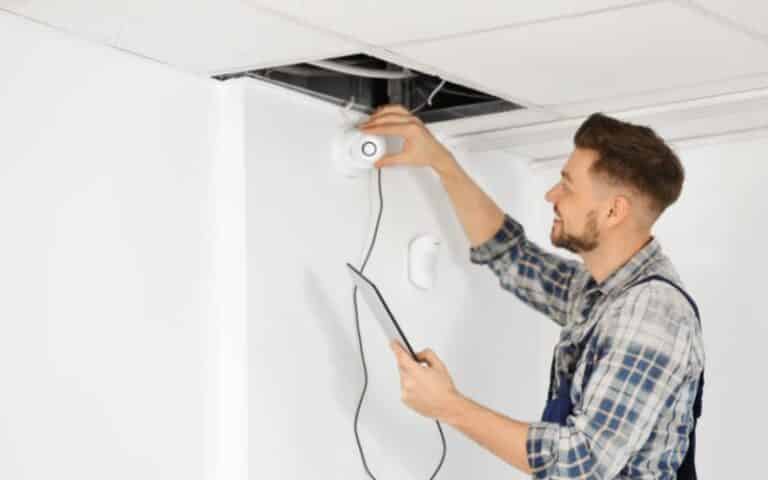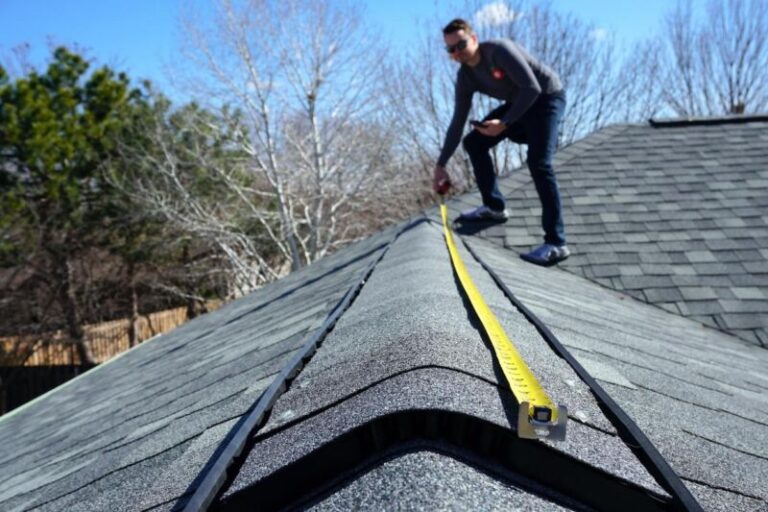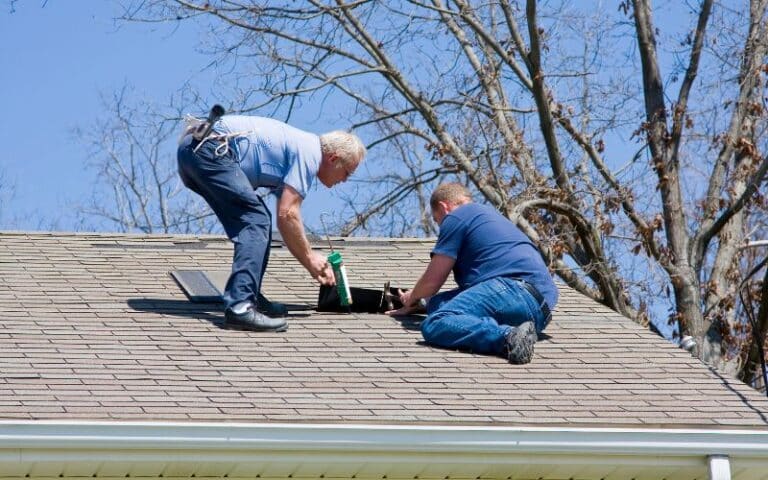After a severe storm, it’s essential to conduct thorough inspections, especially of safety equipment like freestanding guard rails. These systems, known for their durability and non-penetrative installation, often serve as a first line of defense on rooftops and elevated surfaces. However, damage from wind or debris can compromise their integrity. A prompt post-storm assessment ensures ongoing safety compliance and helps property owners avoid potential legal liability linked to preventable accidents.
Ready for a Roofing Quiz?
The Importance of Post-Storm Inspections
After any major storm, inspecting workplace structures and safety equipment is a vital responsibility. Storms can compromise barriers, railings, rooftops, and more. Ensuring that everything remains secure is essential to maintain safety standards. For example, inspecting and maintaining systems like a https: strategy to prevent future accidents. Ignoring such evaluations can directly lead to safety breaches and legal action.
Identifying Hidden Structural Damages
Storms can cause damages not easily visible at first glance. Moisture infiltration, weakened seams, and corrosion may exist beneath the surface. Even temporary water pooling can degrade structural integrity over time. A professional inspection team can detect these subtle issues after every major event. Subsurface damage must be addressed promptly to preserve safety and avoid potential fines or insurance disputes.
Legal Implications of Neglect
Property owners and facility managers are legally obligated to provide safe premises. If a post-storm inspection is skipped and an injury occurs, liability falls on the responsible party. Courts often look at whether reasonable steps were taken to ensure safety following known events like storms. Documentation of regular inspections serves as legal proof. It demonstrates due diligence and proactive risk management.
Negligence in Workplace Safety Standards
Negligence is legally defined as a failure to exercise reasonable care. In safety-sensitive environments, this includes storm response protocols. Not conducting inspections may be interpreted as reckless behavior. Employers and property holders must prove they maintained industry standards after environmental events. Policies should enforce structured post-storm checks to reduce liability. Failure to comply may lead to regulatory scrutiny, fines, or lawsuits.
Best Practices for Post-Storm Inspections
A systematic and documented inspection process is essential. Start with roofs, fall protection systems, gutters, and handrails. Monitor for leaks, rust, cracks, and unstable structures. Temporary equipment like portable barriers must also be included. All findings need to be recorded with photos and timestamps. Swift repair of any damage shows compliance and care. This approach significantly reduces the risks of workplace incidents and legal claims.
Involving Certified Safety Inspectors
Certified inspectors bring expertise and credibility to the inspection process. Their evaluations are more likely to hold up during legal proceedings. Hiring professionals also maintains consistency in safety evaluations. Third-party inspections are generally more objective and thorough. Their presence reinforces a company’s commitment to proper safety. A documented report by a qualified party adds an extra layer of legal protection.
Regular Training and Preparedness
Employees should be trained on identifying storm-related damage. Routine safety drills should include post-weather-event response sessions. Empower your team to report unusual signs on time. Immediate communication can prevent hazards from escalating. Maintenance staff must be equipped with response protocols. This ongoing awareness forms part of a strong safety culture. A well-prepared workforce reduces dependence on external observers and mitigates risk faster.
Prevention is Legal Protection
Performing consistent post-storm inspections is more than a safety measure—it’s a liability shield. Keep documentation clear, responses timely, and conditions safe. This proactive strategy saves both lives and legal costs. When storms pass, responsibility begins.






